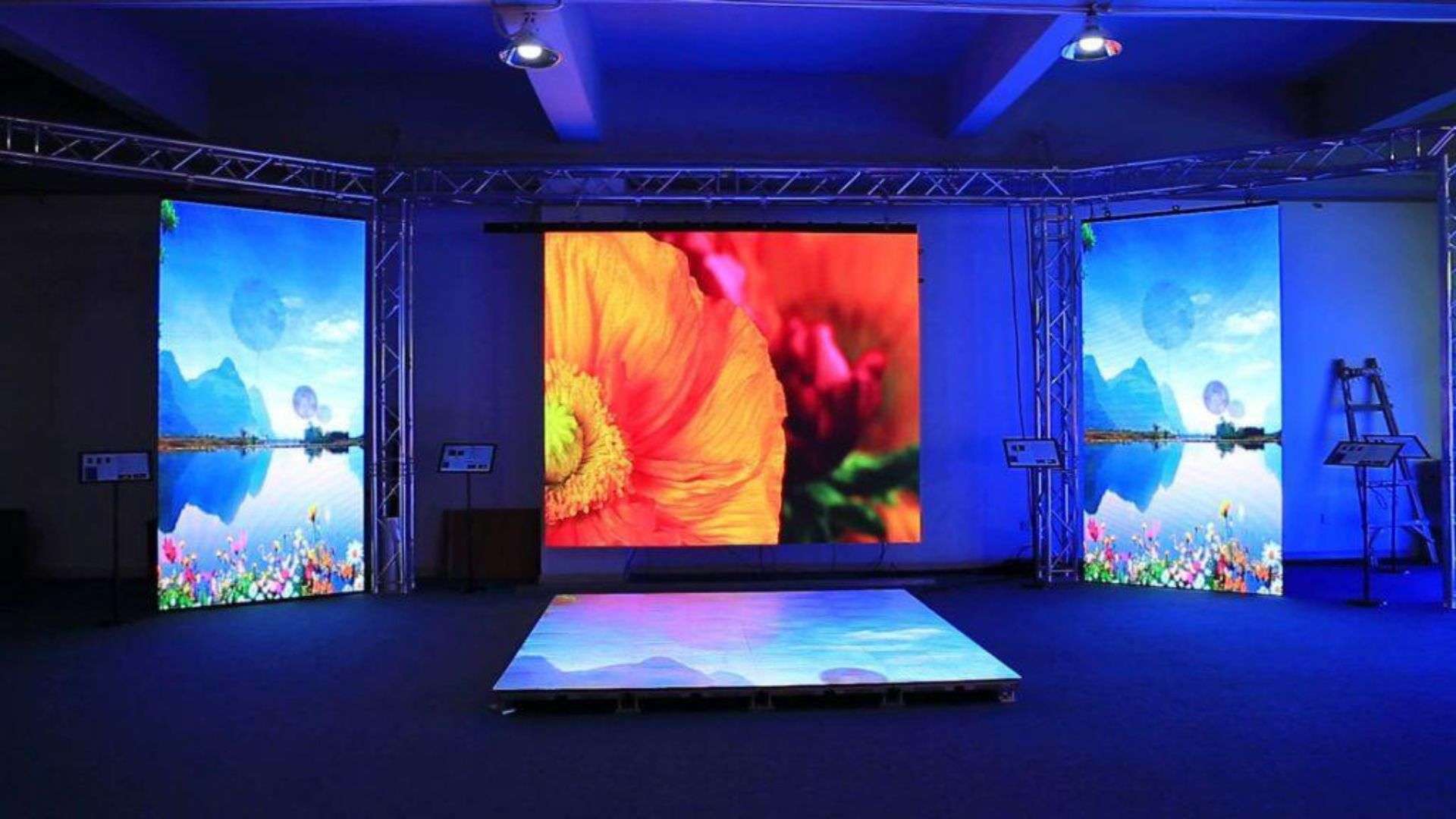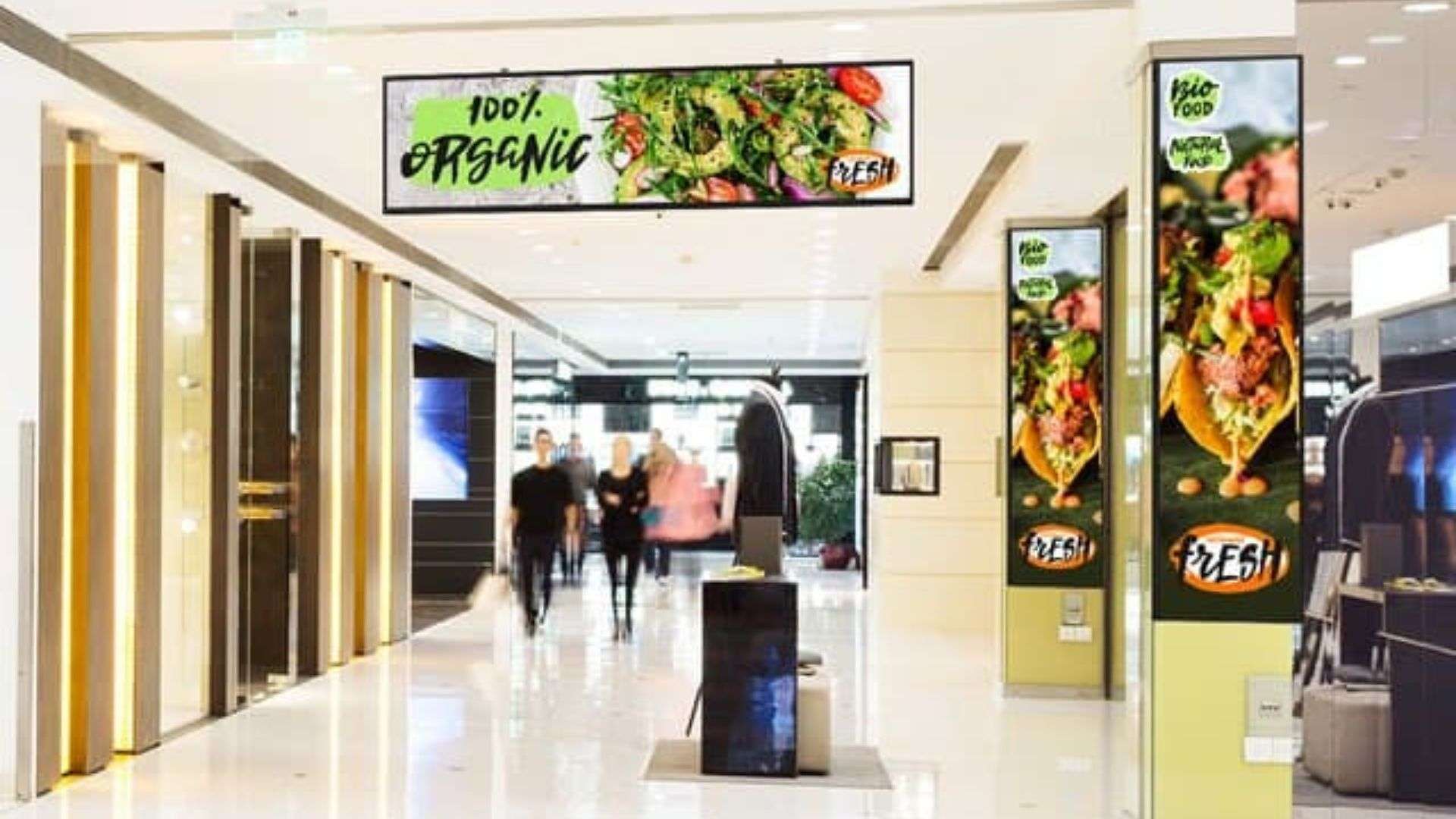A couple of years ago, projectors were used almost everywhere in meeting rooms and conference rooms. They are relatively cheap, give a large picture without seams, and are easy to handle (relatively). But at the same time they require darkness and curtains, make noise (inexpensive), heat the room.
Now LED screens are in price to good projectors – and at the same time they are devoid of the listed disadvantages. Technology is advancing, competition is growing, prices are falling, and the Chinese are getting richer. Therefore, our customers are increasingly taking them into negotiations. It would seem that business is something – as we choose the TV, so we will choose the LED screen. But no.
They just don’t come ready-made – it’s always a Lego-type constructor, from which it is proposed to assemble your screen.

Why LED screen?
The projector is cheap, but requires darkness in the room. If you wish, of course, you can simultaneously record and look at the screen, but doing this is very inconvenient.
Video walls based on ordinary monitors are good, but they glare during the day and are clearly “stand out” by the seams between the modules. Usually they are used for security centers (obtaining images from different cameras), for situational centers (online graphs and diagrams), but very rarely – for demonstrating various images, videos, presentations or text. When it is necessary to show a single picture, the seams, unfortunately, cannot be hidden anywhere.
LED screens were originally intended for building facades and various running lines. By the way, yes, a ticker or a clock in the subway is the most primitive LED screen, however, with very large pixels. At first, no one thought that “TVs” could be made from them. But now such an LED screen is becoming the norm – bright, high quality, no noise and, most importantly, no seams.
Types of LED screens and their features
If you decide to use modern LED modules, you should decide on the installation location. Modern “LED” is divided into two groups:
For indoor use (brightness up to 2000 cd/m2, protection against dust and moisture IP40);
For outdoor outdoor use (brightness up to 10000 cd/m2, maximum protection level IP65).
Today, indoor LEDs, along with the standard placement of screens indoors, have proven themselves as displays for outdoor shop windows. At the same time, protection of weather factors is not necessary, and the brightness is enough for a comfortable perception of content on a sunny day.
We will help you fully integrate this solution, taking into account all the features. We implement all solutions on a turnkey basis.
At the same time, protection of weather factors is not necessary, and the brightness is enough for a comfortable perception of content on a sunnWe will help you fully integrate this solution, taking into account all the features. We implement all solutions on a turnkey basis.
Many experts and specialists believe that the future of advertising lies with LED solutions in the field of billboards, video walls, information boards and similar structures.
LED Screen #2LED screens are by far the best in terms of price and quality, providing maximum return in any operating conditions. LED designs are distinguished by the maximum level of brightness, working 24/7.
LED Screen #3Compared to other options and solutions, LED technology is more reliable, allowing you to create unique and amazing visual components in any place: in a business center, at a train station, in a cafe, restaurant, conference room, in a store.
LED Screen #4The highest resolution and fine pixel pitch (X HD Series) makes it possible to use LED solutions in highly specialized areas: air traffic control rooms, control centers, medical centers, hospitals, and so on.
LED Screen #5Maximum durability and strength of structures, ease of use, tangible return on advertising in the first days of use make LED solutions really effective in the digital advertising market.

Scope of LED screens
LED screens make it possible to broadcast around the clock, divide it into separate advertising blocks of different duration, determine the timing of the video, the number of broadcasts in the block and the placement period.
Video screens allow the formation of video walls and media facades, since several LED displays can be easily combined into a common data system.
Basically, LED screens have found application in the organization of external and internal advertising, during public holidays, at opening days, concerts, sports grounds, air and railway stations, in the subway, in office complexes, at trade exchanges, etc. Today, practically there are no restrictions on the operation of this type of equipment. Screens act as an integral tool for broadcasts designed for large audiences.
An interesting point: if a commercial is broadcast not on home TV, but on an outdoor LED screen, the attitude towards it is different. A person has no choice but to pay attention to it, he is deprived of the opportunity to “switch to another channel”, and watches it without negativity. Such advertising does not seek to completely capture the attention of a passerby in conditions of strong information competition with other external objects.
Video screens give advertisers ample opportunity to create an effective advertising campaign. It can be anything: made in the form of text, graphics, have a static, dynamic, b/w and color picture. In addition, video screens guarantee impeccable image quality.
High-tech LED screens allow you to broadcast advertisements and informational text blocks at the same time (static information or a running line). This property is useful, for example, in order to be able to immediately show the goods on the trading floor, and specify its location in the hall, and report on promotions and discounts.






